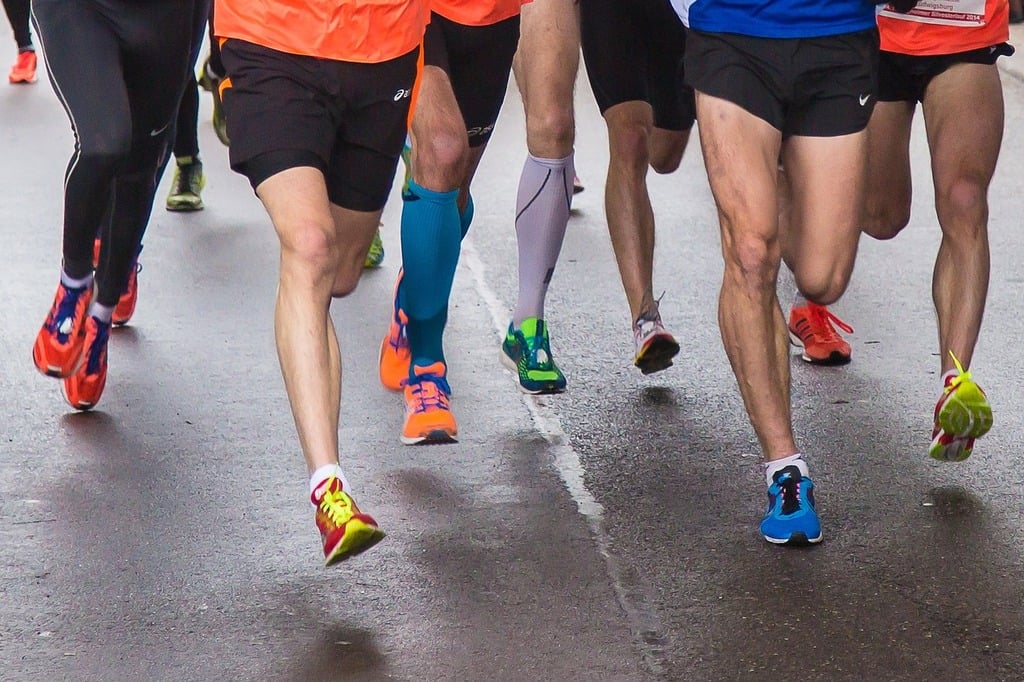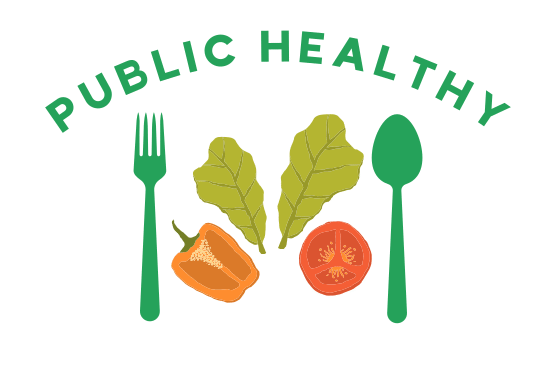- You will feel better.
- You will develop a healthy heart.
- You will look stronger.
- You will sleep better.
- You will have a stronger sex drive.
- You will have less fat on your body.
- You will slow the aging process.
- You will boost your immune system.
- You will promote stronger bone density.
- You will prove to yourself that you can do it.

Make a commitment contract to yourself and sign it. nee e yourself and sign Take a piece piece of of paner paper, write down your name and the date, and list a set of goals and desires about Your fitness level that you would like to see happen. Give yourself a reasonable time frame and realistic objectives to achieve. By putting these down on paper, you may give yourself a clearer picture of the results you want.
Before you embark on any physical fitness routine, it is vital that you understand who you are in terms that relate to the general population. Each of us is unique, but to tell a man who stands five foot two inches, at 185 pounds, that he can achieve the body of a swimmer six foot one and 175 pounds is silly and misleading.
GET A CHECKUP
General questions regarding your health are also vital for making sure that your exercise program gets off to the right start. These questions may allow you to begin your journey in the best possible way, and give you the information which you probably know anyway.
- Do you or does anyone in your family have a history of heart disease?
- Do you have high blood pressure?
- Are you diabetic?
- Do you smoke cigarettes?
- Have you had your cholesterol level tested recently?
- Are you exercising currently?
None of these questions should deter you from exercise. They haven’t been presented here to shame you or accuse you of anything. Before beginning any exercise program, you need to get a physical exam. Your doctor can determine whether or not exercise may put you at any risk. It is always a good idea to have some knowledge about your heart and lung capacity, your HDL
and LDL (“good” and “bad” cholesterol levels). A knowledgeable doctor will reinforce your decision to begin a well balanced fitness routine
Newspapers, magazines, and books usually distinguish between “good” and “bad” cholesterol. HDL cholesterol is a component of healthy blood that carries oxygen freely to the muscles of the body and the brain. The LDL in blood is saturated with fat that clings to the walls of the blood vessel system and major arteries of the heart. The lower the percentage of LDL cholesterol in your blood the better. The HDL blood acts like a drain cleaner scouring the fat buildup on arterial walls. Therefore the higher the percentage of HDL cholesterol the better. You can reduce the LDL levels by reducing the amount of fat you consume.
SELF TESTING
A simple self exam should be thought of as preventive medicine. It takes only a few minutes each month, in the shower or bath or any time you can get your hands on things. I would suggest somewhere private. Give yourself the time to be thorough and uninterrupted. If you feel something odd, such as an unusual growth or skin irritation, or even something unusually sensitive, check it out. Give it a couple days and see if it changes. Don’t be stubborn, check it out.
BREAST CANCER
Just as women do, men should examine themselves for breast cancer. There are roughly 1,500 cases of male breast cancer reported each year in the United States, and the number of cases is increasing every year. This disorder can be as devastating to a man as it would be to a woman. All the same rules apply, but because the attention to breast cancer is primarily paid to women, men are often surprised to hear about it. Take a minute every month. Here’s what you should do: Raise your left arm. Take three or four fingers of your right hand and explore the left pec (breast) thoroughly. Beginning at the outer edge, press the flat part of your fingers in small circular movements around the pec. Gradually work toward the nipple. Be sure you cover the entire pec. Pay special attention to the area between the pec and the armpit. Feel for any lump or mass under the skin. Anything unusual, discharge from the nipple, for example, requires a doctor’s attention. A friend of mine detected his cancer while applying sunscreen at the pool one summer. This effortless exam can save your life.
TESTICULAR EXAMINATIONS
Directly after a we after a warm shower or bath, when the scro ti het ween your fingers tum is relaxed, roll your testicles between your and thumb. Notice any swelling, lumps, nodules, or a change in consistency. Symptoms of testicular cancer include a change in the consistency of the testis and/ or an enlargement of one testis. If there is anything unusual or noticeable, consult your physician.
PROSTATE EXAMINATION: 10 SECONDS FELT AROUND THE WORLD
Cancer of the prostate: the words no man wants to hear. About 122,000 new cases develop every year in the United States. The problem of detecting prostate cancer is that it may cause no symptoms; late in the course of the disease, obstructions, pain, and blood in the urine may occur.
So how can you protect yourself? Simple: Have your primary care physician check your prostate at your regular physical exam. This should take place once a year for men over 50, every other year for men over 40, and regularly for men in their 20s and 30s. The procedure itself is no big deal, about ten seconds of discomfort as the doctor has you lean over the examining table and inserts a gloved and lubricated finger into the rectum to check for enlargement of the prostate or any obstruction. And that’s it. Also taken at this time is a blood sample, because elevated prostate specific antigen (PSA) levels in the blood may indicate prostate enlargement or malignancy. Treatment for prostate cancer includes surgery, radiation therapy, and hormone control therapy, and the cure rate is encouraging. So don’t ignore your prostate have it checked regularly.

Leave a Reply
Your email address will not be published. Required fields are marked *